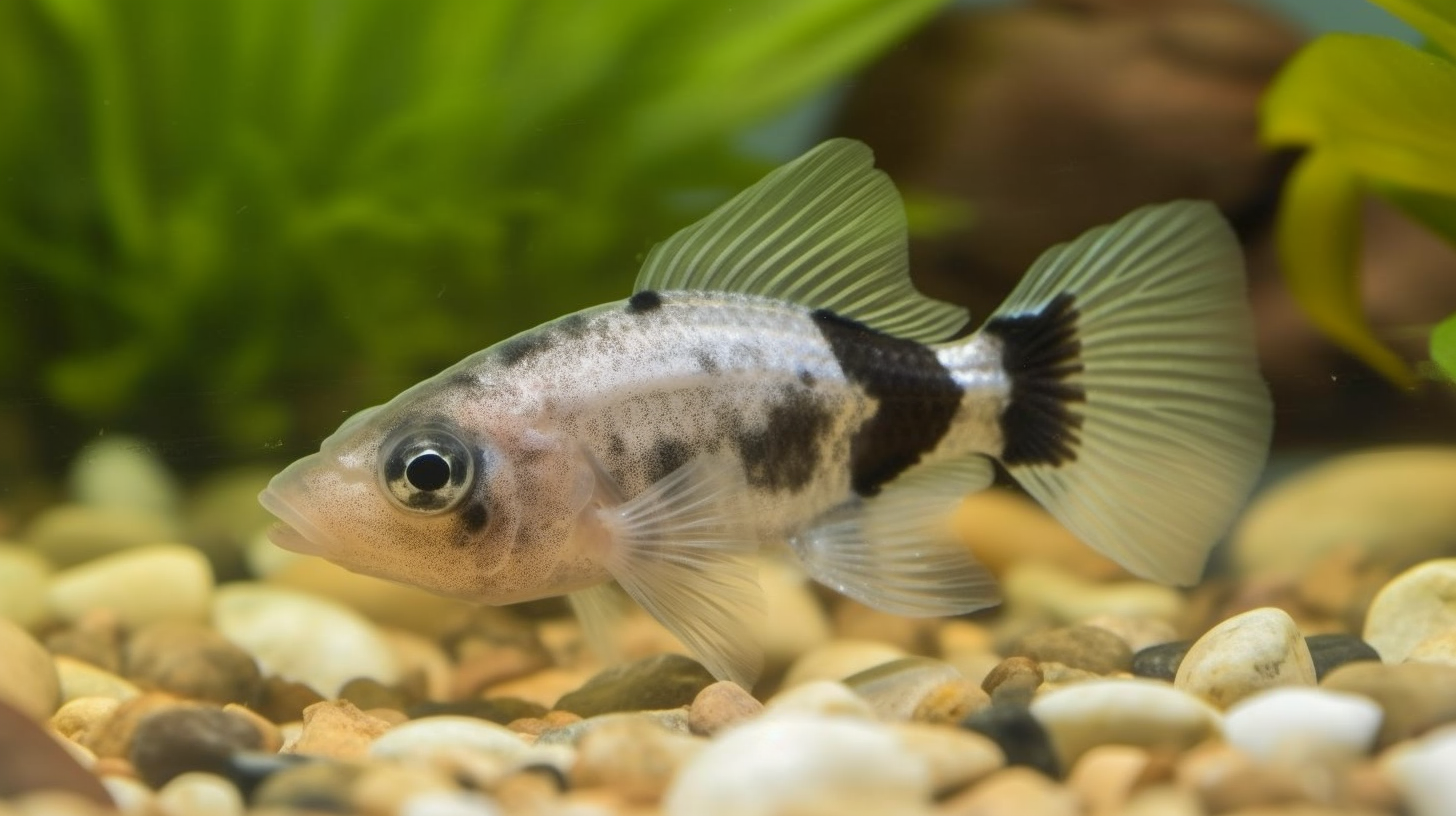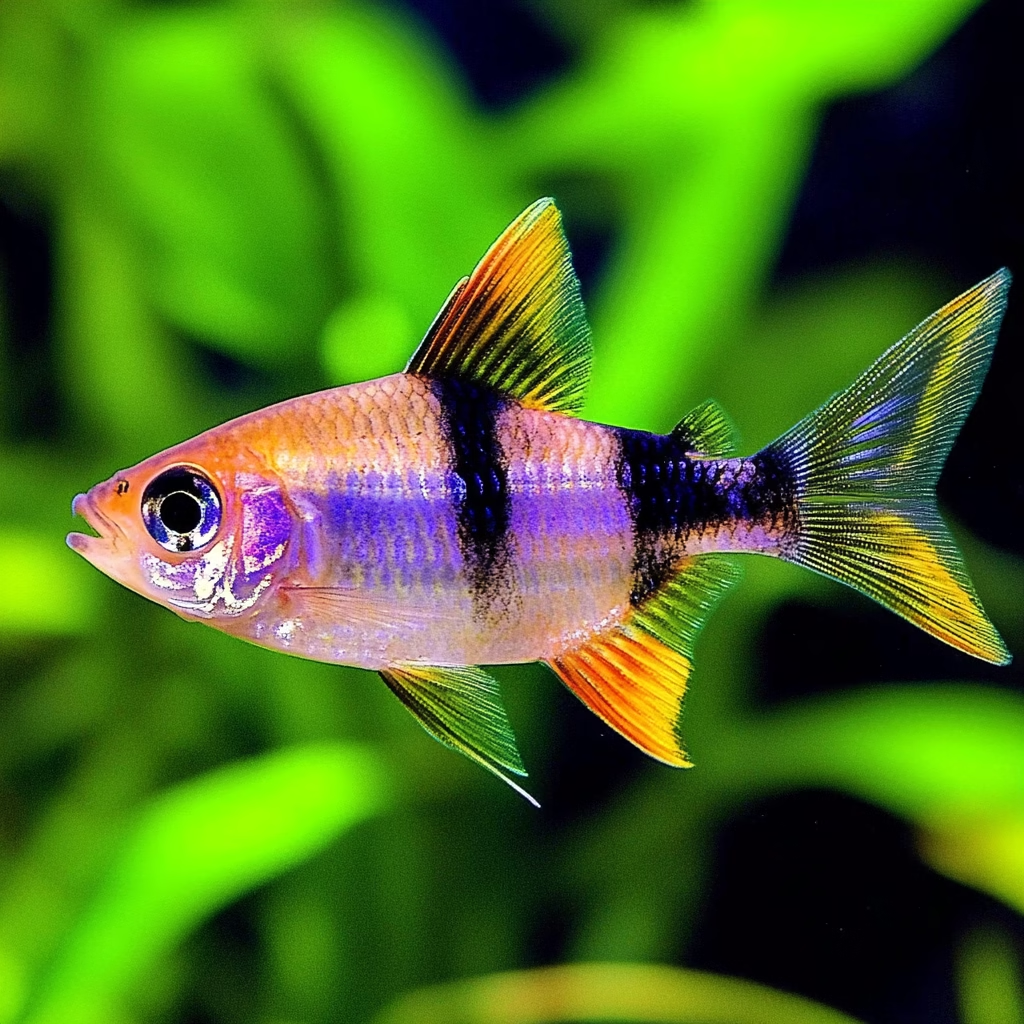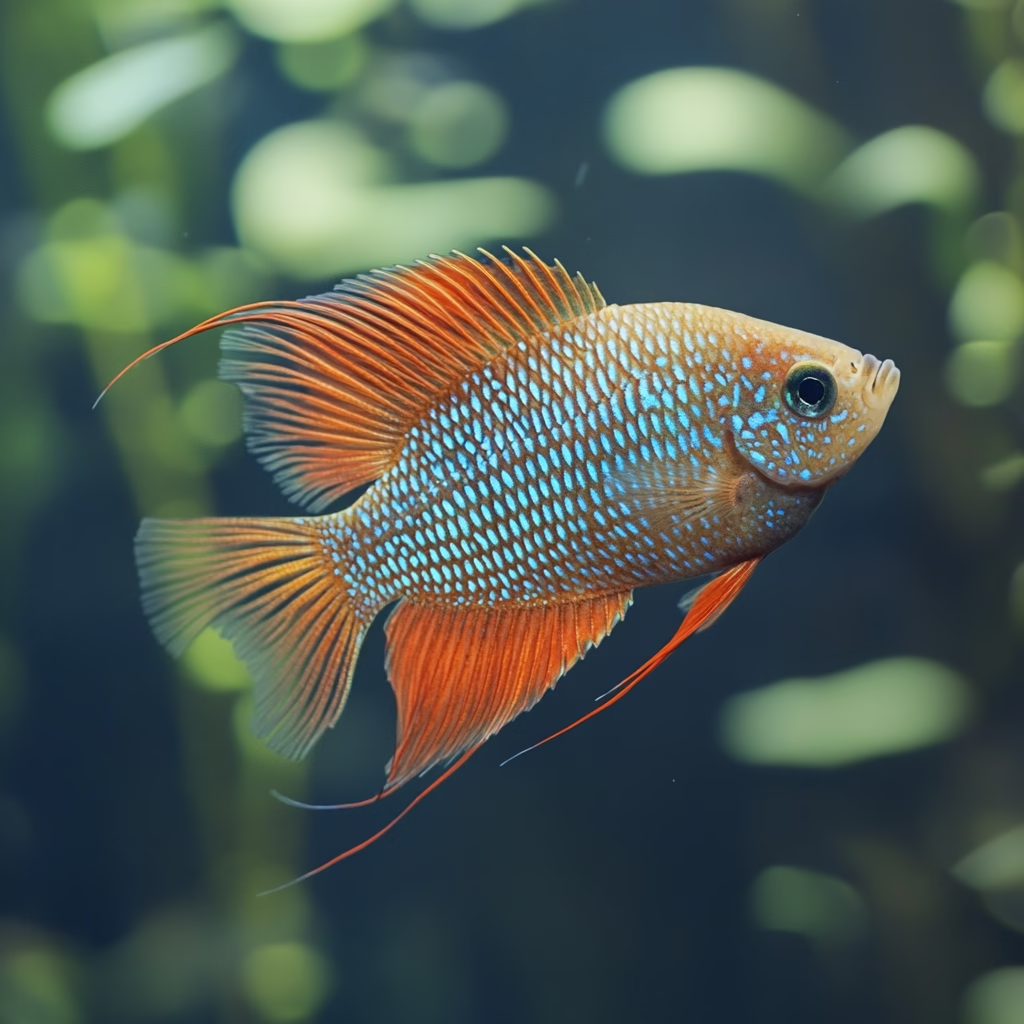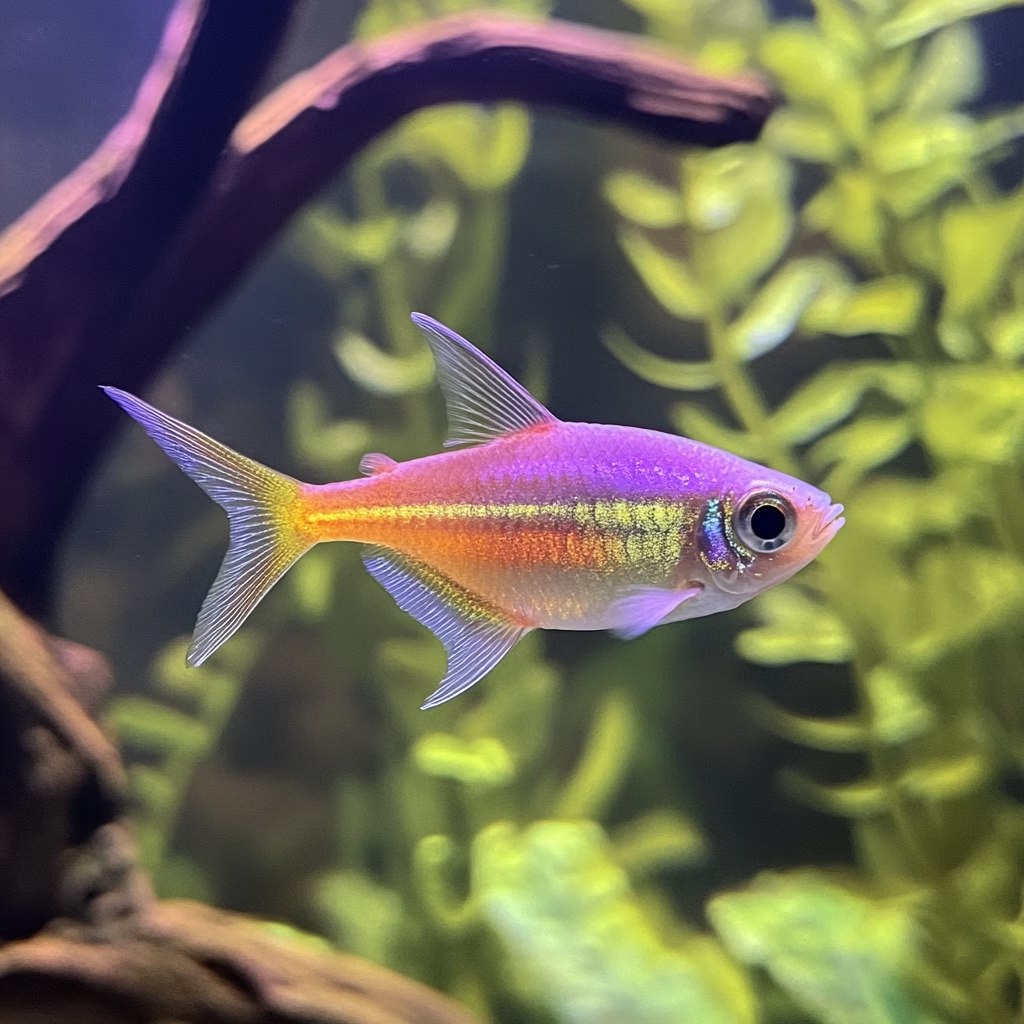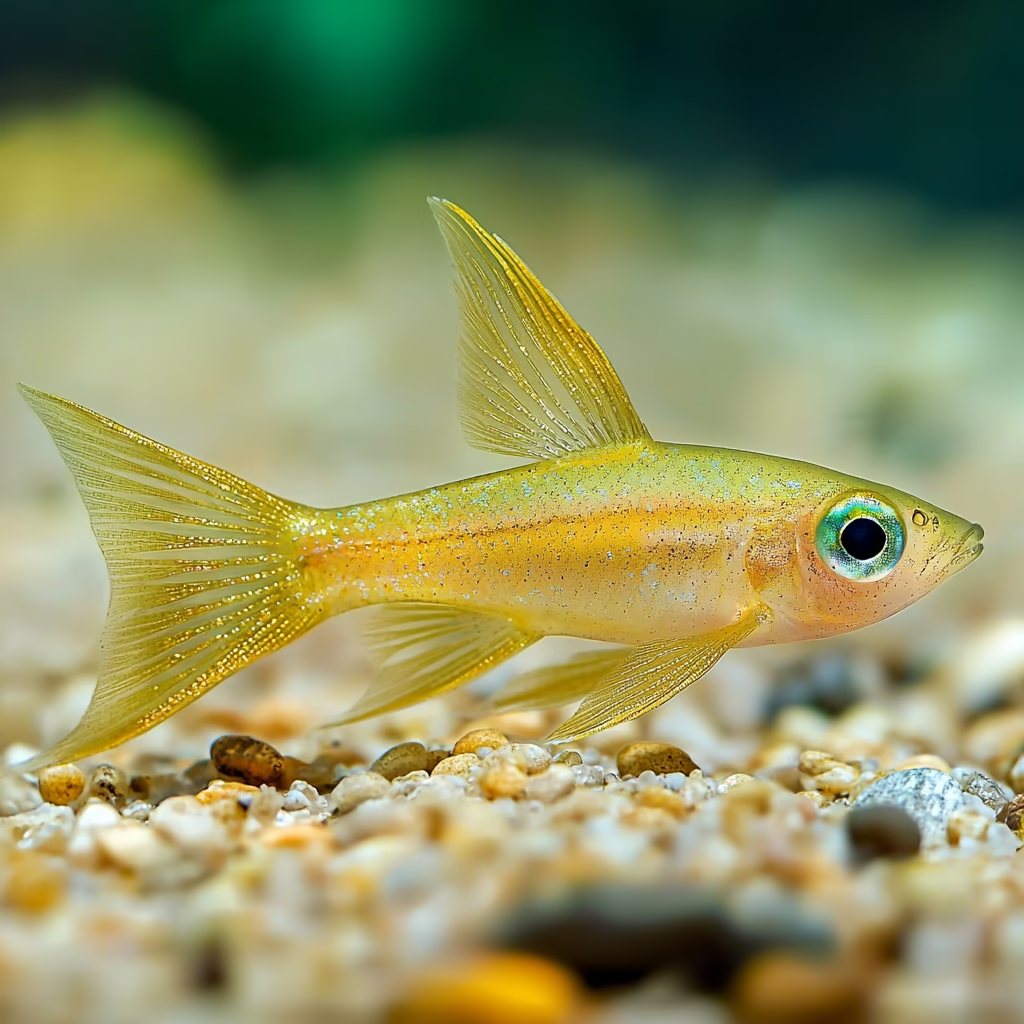If you’re an aquarium enthusiast looking for a peaceful, charming addition to your tank, the panda cory might just be the perfect fish for you. Known scientifically as Corydoras panda, this small freshwater species has captured the hearts of hobbyists worldwide with its adorable appearance and easy-going nature. In this comprehensive guide, we’ll dive deep into everything you need to know about the panda cory, from its care requirements to tank setup tips and some fascinating facts that make it stand out. Whether you’re a beginner or a seasoned aquarist, this article will help you ensure your panda cory thrives in your aquarium.
What Is a Panda Cory?
The panda cory is a small, peaceful catfish named for its striking black-and-white coloration, reminiscent of a panda bear. Native to the clear, slow-moving waters of South America, particularly the upper Amazon River basin in Peru, this species belongs to the Corydoras genus a group well-loved in the aquarium trade. Typically growing to about 2 inches (5 cm) in length, panda cories are bottom-dwellers with a playful yet calm demeanor, making them ideal for community tanks.
Their distinctive markings include a black patch around the eyes, a black dorsal fin spot, and another dark band near the tail, all set against a creamy white or light pinkish body. This unique pattern not only gives them their name but also makes them a standout feature in any tank.
Why Choose a Panda Cory for Your Aquarium?
There are plenty of reasons why the panda cory is a top choice for aquarists. First, their small size makes them suitable for tanks as small as 10 gallons, though larger setups are always better for groups. Second, they’re incredibly peaceful and get along with a wide variety of tank mates, from tetras to guppies. Finally, panda cories are hardy fish when provided with the right conditions, making them a low-maintenance option for beginners who want a rewarding pet.
Beyond their practical appeal, panda cories bring personality to your tank. They’re active scavengers, often seen darting along the substrate or resting in small groups, which adds a lively yet soothing dynamic to your aquarium.
Panda Cory Care: The Basics
Caring for a panda cory is straightforward, but attention to detail is key to keeping them healthy and happy. Let’s break down the essentials.
Water Parameters
Panda cories thrive in stable, clean water conditions. Here’s what you need to aim for:
- Temperature: 72–78°F (22–26°C)
- pH: 6.0–7.0 (slightly acidic to neutral)
- Hardness: 2–12 dGH (soft to moderately hard water)
Because they originate from cool, oxygen-rich streams, panda cories prefer slightly cooler temperatures than some tropical fish. A good heater and thermometer are must-haves to maintain consistency. Regular water changes (25–30% weekly) will also help keep nitrate levels low and mimic their natural habitat.
Tank Size and Setup
While a 10-gallon tank is the minimum for a small group of panda cories, a 20-gallon or larger tank is ideal. These fish are social creatures and do best in groups of at least 6, so more space allows them to exhibit their natural schooling behavior.
For the substrate, opt for fine sand or smooth gravel. Panda cories have sensitive barbels (whisker-like structures) they use to forage along the bottom, and rough substrates can damage them. Add plenty of hiding spots with plants (live or artificial), driftwood, and caves to make them feel secure. Java fern, anubias, and Amazon swords are great plant choices that thrive in similar conditions.
Filtration and Water Flow
A gentle filter is best for panda cories, as they dislike strong currents. A sponge filter or a hang-on-back filter with an adjustable flow works well. Good oxygenation is crucial, so consider adding an airstone if your tank’s circulation is minimal.
Feeding Your Panda Cory
Panda cories are omnivores with a preference for a varied diet. In the wild, they scavenge for small insects, worms, and plant matter. In captivity, you can replicate this with:
- High-quality sinking pellets or wafers (specifically designed for bottom-feeders)
- Frozen or live foods like bloodworms, brine shrimp, or daphnia
- Occasional blanched vegetables such as zucchini or spinach
Feed them once or twice a day, offering only what they can consume in 2–3 minutes. Overfeeding can pollute the tank, so monitor their intake and remove uneaten food promptly. Their nocturnal tendencies mean they’re most active at dusk, so evening feedings can be especially effective.
Panda Cory Tank Mates: Who Gets Along?
One of the best traits of the panda cory is its compatibility with other fish. As peaceful bottom-dwellers, they rarely cause trouble, but you’ll want to choose tank mates that won’t harass them. Ideal companions include:
- Small tetras (neon, ember, or glowlight)
- Rasboras
- Guppies or mollies
- Dwarf gouramis
- Other peaceful Corydoras species
Avoid aggressive or large fish like cichlids, Oscars, or anything that might see a panda cory as a snack. Shrimp (like cherry shrimp) and snails (like nerite snails) also make excellent tank mates, creating a balanced and harmonious community.
Breeding Panda Cory: A Rewarding Challenge
Breeding panda cories in captivity is possible and can be a fun project for intermediate hobbyists. Here’s how to set the stage:
- Conditioning: Feed a high-protein diet (live or frozen foods) for a few weeks to prepare them for spawning
- Triggering Spawning: Simulate rainy season conditions by lowering the tank temperature by 2–3°F and performing a large water change (50%) with slightly cooler water
- Spawning Behavior: Males will chase females, and once a pair bonds, the female will lay eggs (usually 10–50) on tank surfaces like glass, plants, or decorations. The “T-position” is a classic sign of spawning, where the male fertilizes the eggs as the female deposits them
After spawning, remove the adults or the eggs to a separate tank, as panda cories may eat their own eggs. Eggs hatch in 3–5 days, and fry can be fed infusoria or powdered fry food until they’re large enough for baby brine shrimp.
Common Health Issues and Prevention
While panda cories are hardy, they’re not immune to health problems. Watch for these common issues:
- Barbel Damage: Caused by sharp substrate or poor water quality. Use soft sand and maintain clean water to prevent this
- Ich (White Spot Disease): Small white spots on the body indicate this parasite. Treat with a medication like Ich-X and raise the temperature slightly to speed up the parasite’s life cycle
- Fin Rot: Caused by bacterial infection, often from poor water conditions. Improve water quality and use an antibiotic treatment if needed
Regular tank maintenance and quarantine of new fish or plants are your best defenses against disease.
Fun Facts About Panda Cory
Here are some intriguing tidbits to impress your fellow aquarists:
- Named in 1971: The panda cory was first described by ichthyologist Hans Nijssen, inspired by its panda-like markings
- Schooling Behavior: While not true schoolers like tetras, panda cories love company and often rest or forage in loose groups
- Air Breathers: They occasionally dart to the surface to gulp air, supplementing oxygen through their intestines a quirky survival trait from their wild habitat
Setting Up the Perfect Panda Cory Tank: Step-by-Step
Ready to welcome panda cories into your home? Follow this checklist:
- Choose a Tank: Start with at least a 20-gallon tank for a group of 6–8
- Prepare the Substrate: Lay down 2–3 inches of fine sand or smooth gravel
- Add Decor: Include plants, driftwood, and caves for hiding and exploration
- Install Equipment: Set up a gentle filter, heater, and air stone for optimal conditions
- Cycle the Tank: Run the tank for 4–6 weeks to establish beneficial bacteria before adding fish
- Introduce Your Cories: Acclimate them slowly using the drip method to avoid shock
Why Panda Cory Is a Must-Have for Your Collection
The panda cory combines beauty, personality, and ease of care into one delightful package. Its charming panda-like appearance adds visual appeal, while its peaceful nature ensures a stress-free tank environment. Whether you’re building a community aquarium or simply want a low-maintenance pet, the panda Cory checks all the boxes.
By providing a suitable habitat, a balanced diet, and compatible tank mates, you’ll enjoy watching these little catfish thrive for years they can live 5–10 years with proper care! So, why not add a group of panda cories to your tank today and discover the joy they bring to the underwater world?

